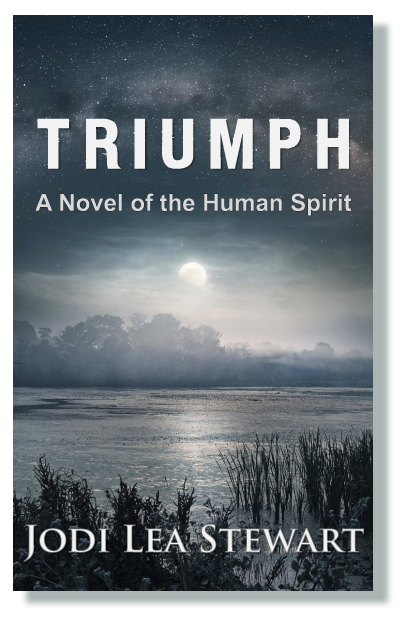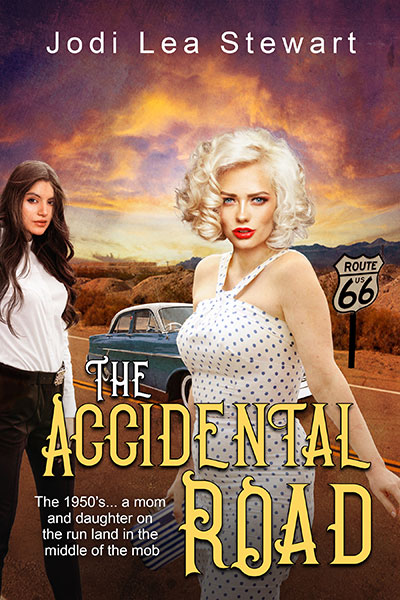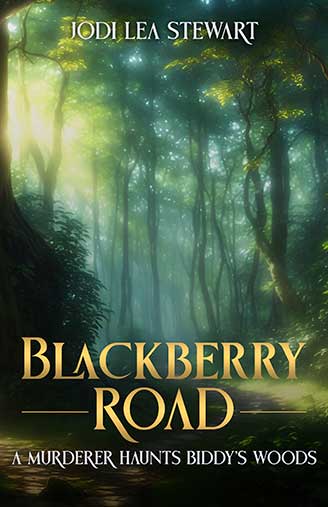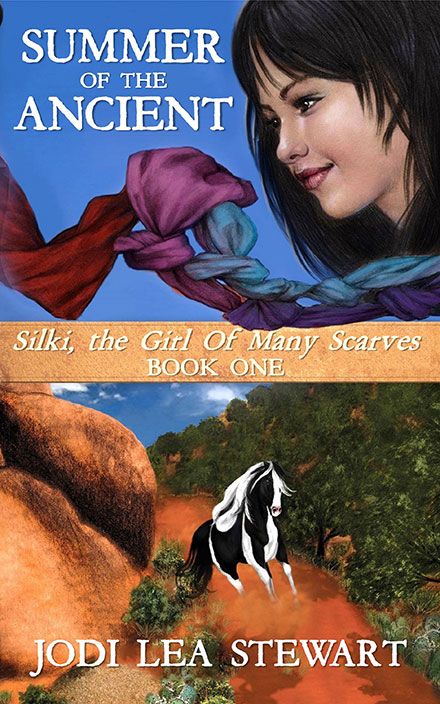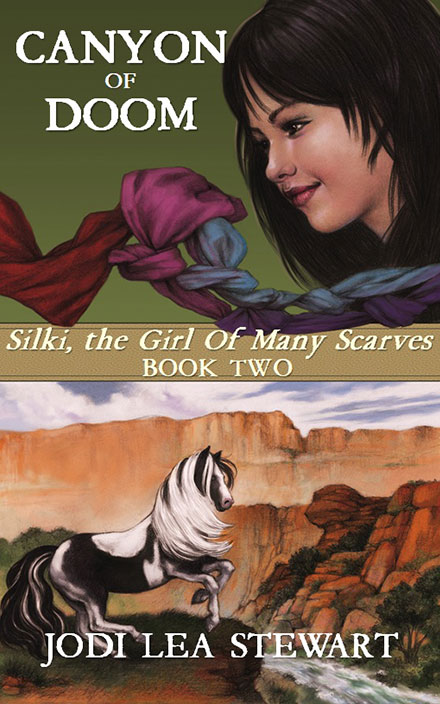If you can watch a passionate flamenco dance without becoming involved in either the music (toque), the song (cante), the beautifully coifed and outfitted dancer, or the enchanting dance (baile) itself . . .
. . . then you must be related to Bueller’s economics teacher in the movie Ferris Bueller’s Day Off, lol!
The sizzling music, the melodramatic dance movements involving the entire body, the rhythmic cadences of the dancer, the external involvement of handclapping, stomping, and shouts (jaleo), and the stories behind the performances have been captivating audiences for centuries.
Performances changed over the years
At one time, flamenco dancing consisted mostly of handclapping and cante. In the mid-1800s, guitar music and a dry stick (palo seco) to beat on the floor to keep time came into play. These days, many opinions exist as to which part of flamenco dancing (the music, the dance, or the song) is la chose la plus importante of the performance.
Historically, flamenco dancing is most associated with the Andalusian Roma (Gitanos *Gypsies*) of southern Spain.
It all started in India
Because it is largely believed, and backed up by strong genetic evidence, that all Roma originated from India, it is not surprising that the roots of flamenco are tied to the Roma migration from northwest India to Spain between the ninth and fourteenth centuries and are a mixture of cultures ranging from Indian to Andalusian to Arabic, plus countless more.
The costumes are usually traditional Andalusian but originated from the Spanish gypsies of the nineteenth and twentieth centuries. Strong colors such as black, red, and white are representative of the performer’s passion for his or her performance. Castanets are thousands of years old but were not part of traditional flamenco. Now, it is rare to see a flamenco performance without the use of these wooden percussion instruments.
Grateful to the Roma for Flamenco

We can be grateful to the Roma for their colorful contributions to our world, not the least of which is the beautiful art of flamenco dancing. Though they live in various regions around the globe and have many names… Gitanos, Roms, Machwaya, Calé, Travellers, Sinti, Gypsies, Cigán, Gitans, Cigány, Wanderers, Tsiganes, Zigeuner, etc… they share the same loyal commitment to family, tradition, and their own culture. In their music alone, one can hear the haunting richness of thousands of years of yearning, tribulation, and hope.


Author Jodi Lea Stewart ~ Laughing Makes it All Worthwhile ~
Jodi Lea Stewart is a fiction author who believes in and writes about the triumph of the human spirit through overcoming adversity. Her writing reflects her life beginning in Texas and Oklahoma, later moving as a youngster to an Arizona cattle ranch next door to the Navajo Nation, and, as a young adult, resuming in her native Texas. Growing up, she climbed petroglyph-etched boulders, bounced two feet in the air in the backend of pickups wrestling through washed-out terracotta roads, and rode horseback on the winds of her imagination through the arroyos and mountains of the Arizona high country. Her lifetime friendship with all nationalities, cowpunchers, and the southern gentry allows Jodi to write comfortably about anything in the Southwest, the South, and BEYOND.
JODI’S LATEST NOVEL: THE GOLD ROSE
I write historical fiction centered around the early to mid-twentieth century. My latest novel, THE GOLD ROSE, involves the Japanese invasion of China and the ensuing civil war that ushered in modern-day communism. No matter what the circumstances, eras, conflicts, or main plots entail… my goal is always to create characters everyone relates to. I believe that’s the kind of connective reading in which the reader and writer actually share a point in time. 😊 Happy reading, y’all!
See the Book Trailer for THE GOLD ROSE HERE.









